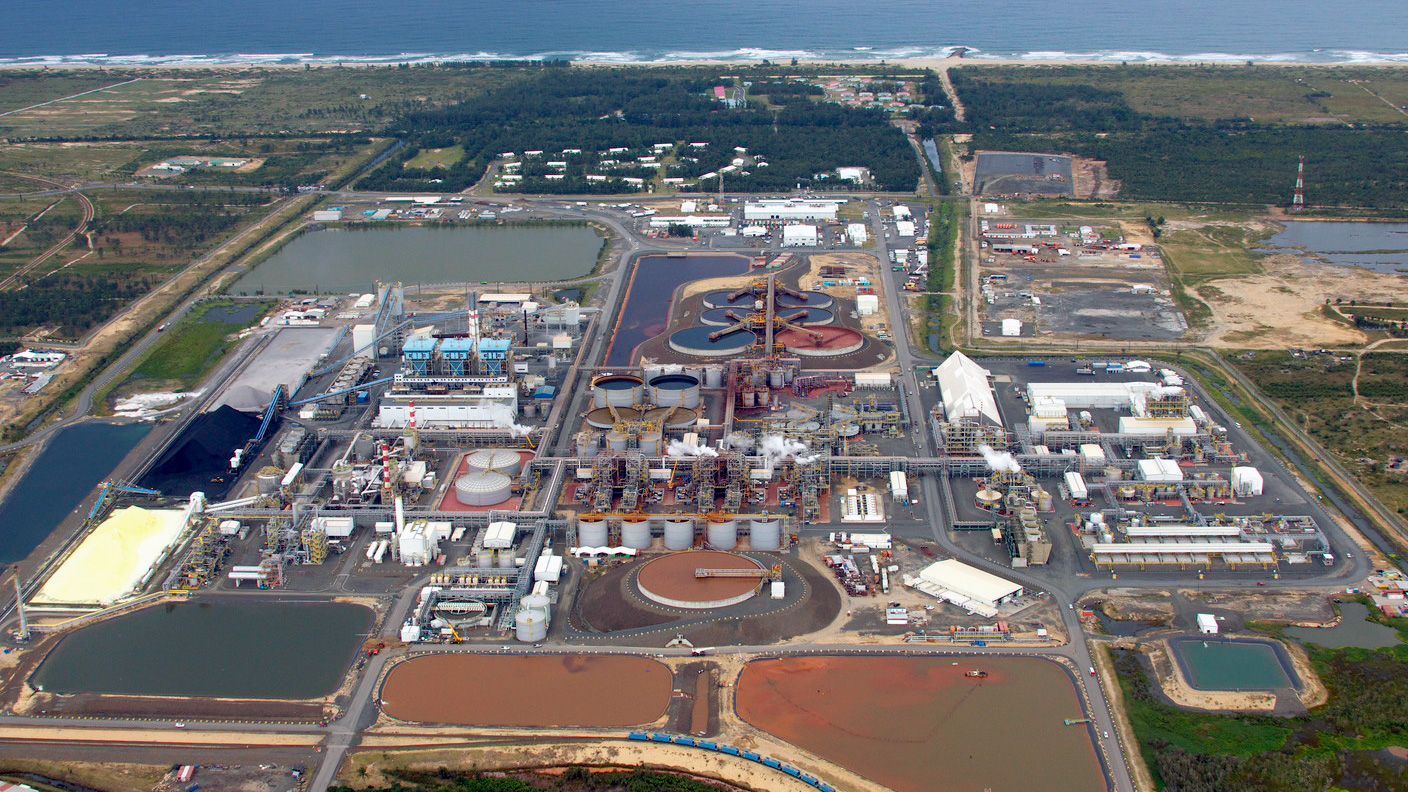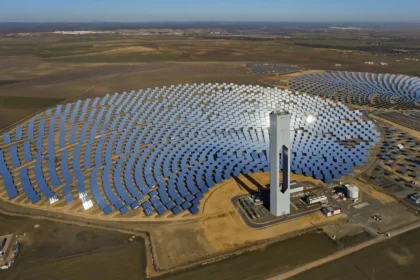At a Glance
- Africa’s nickel output is expanding, driven by growing EV battery and clean-energy demand.
- Major projects in Madagascar and Zambia are reshaping global nickel supply chains.
- Nickel mining is creating jobs and boosting economic diversification across African nations.
As demand for battery metals surges, Africa is quietly emerging as a key player in the nickel market. The continent’s rich deposits, long overshadowed by its copper and cobalt wealth, are drawing investors seeking reliable supplies for electric vehicles and clean energy technologies.
From Madagascar to Zambia and South Africa, nickel is shifting from a minor resource to a strategic asset. Major projects such as Ambatovy in Madagascar and First Quantum Minerals’ Enterprise in Zambia are now central to global supply chains. If production targets are met, Africa’s share of the world’s nickel output could rise sharply over the next decade.
Few African mines yet match Ambatovy’s scale or the ambition of First Quantum’s Enterprise project. Still, growing exploration and investment point to a continent on the move—balancing opportunity with the realities of cost, logistics, and environmental standards.
For many nations, nickel’s promise extends beyond exports. It offers a path to industrial growth, job creation, and long-term economic value. From established producers in Madagascar to new entrants in Zambia and Tanzania, Africa is taking a measured but determined step into the global energy transition. The road ahead may be uneven, but nickel is giving the continent a new role in powering the world’s cleaner future.
Below is a look at ten of Africa’s most significant nickel operations, ranked by production, capacity, and economic importance.
1. Ambatovy
Location: Madagascar
In Madagascar’s Atsinanana region, Ambatovy is operated by a joint venture led by Japan’s Sumitomo Corporation with 54.17 percent ownership and Korea Mine Rehabilitation & Mineral Resources (KOMIR).
The operation mines lateritic nickel-cobalt ore, with a design capacity of about 60,000 tonnes of nickel and 5,600 tonnes of cobalt a year, though actual production often falls below that.
A pipeline failure earlier in 2024 forced a temporary shutdown, reducing output to around 10,000 tonnes between April and September. The site is now being restructured under Sumitomo’s oversight.
Despite the setback, Ambatovy remains one of Madagascar’s largest foreign investments—worth roughly $8 billion. It has generated about 18,000 construction jobs and continues to employ more than 3,000 full-time staff and 5,000 subcontractors. The mine accounts for nearly one-third of Madagascar’s foreign exchange earnings, cementing its role in the national economy.
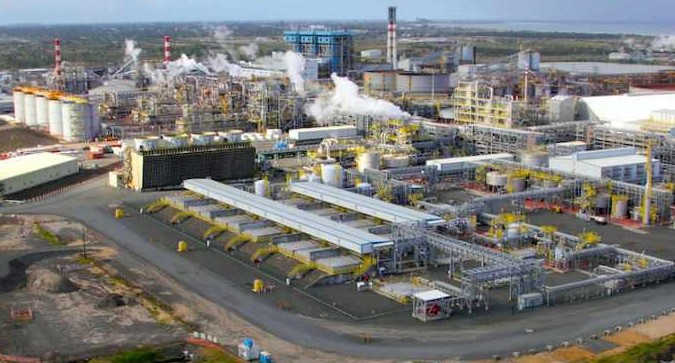
2. Munali Nickel Mine
Location: Zambia
About 80 kilometers south of Lusaka in the Mazabuka district, Munali is operated by Consolidated Nickel Mines, a Zambian–Congolese consortium.
The mine produces nickel concentrate from mixed laterite ore. In 2022, it reported output of about 3,946 tonnes of nickel metal.
Plans are underway to expand operations through the proposed Enterprise Nickel project by First Quantum Minerals (FQM), targeting up to 30,000 tonnes annually. The project could add between $30 million and $40 million to Zambia’s GDP each year and boost indirect employment through local suppliers. Munali’s revival also highlights Zambia’s gradual diversification beyond its traditional copper base.
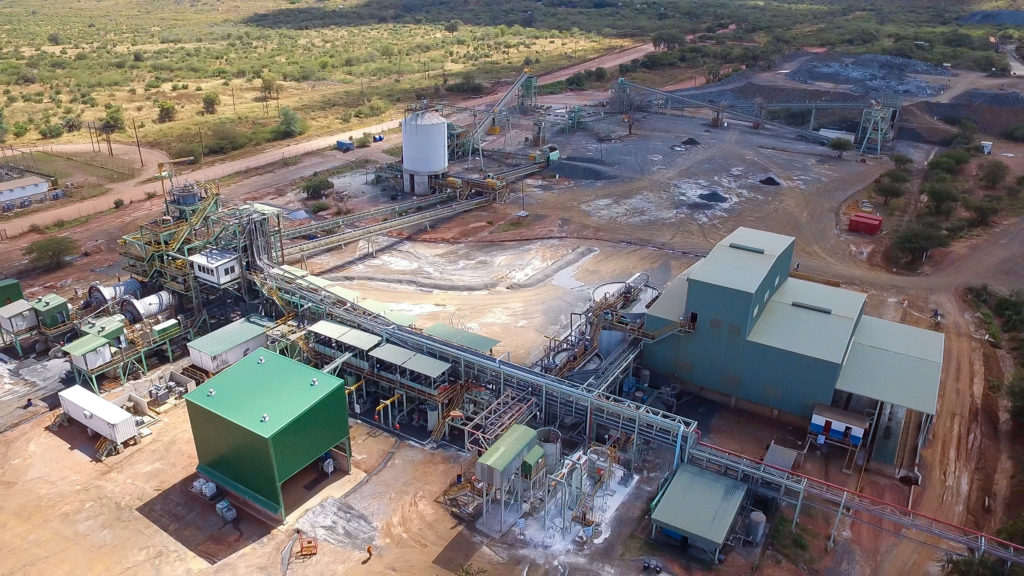
3. Enterprise Nickel
Location: Zambia
Located in Kalumbila, the Enterprise project is owned and operated by First Quantum Minerals (FQM).
Designed to produce around 30,000 tonnes of nickel a year, Enterprise is closely linked to growing global demand for electric vehicle batteries. FQM plans to leverage Kalumbila’s existing infrastructure for cost efficiency and rapid deployment. If completed as planned, Enterprise will not only complement Munali’s operations but also enhance Zambia’s profile as a regional center for battery minerals and clean-tech investment.
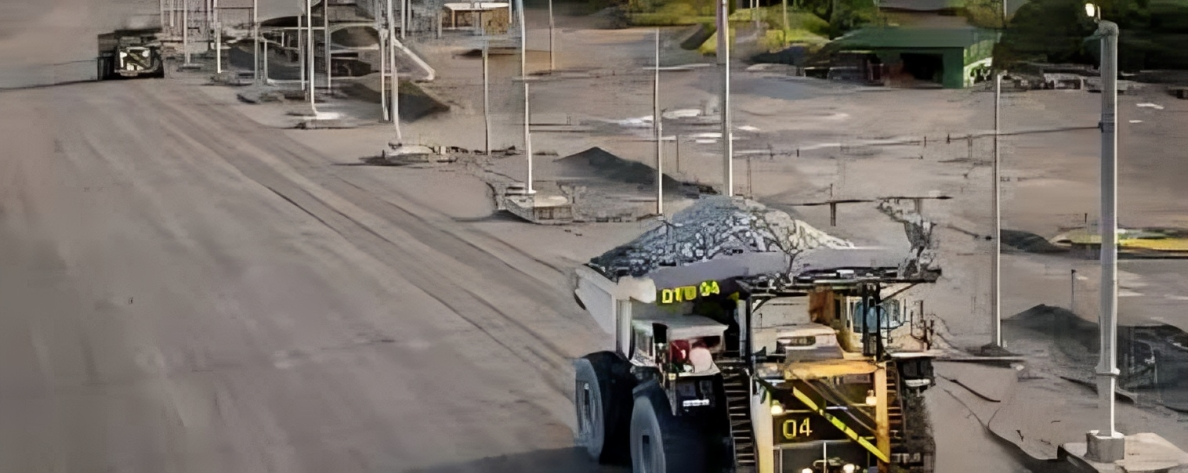
4. Mogalakwena
Location: South Africa
Operated by Anglo American Platinum, Mogalakwena is best known for its platinum group metals (PGMs) but also serves as one of Africa’s biggest producers of by-product nickel. In 2021, the mine produced about 15,449 tonnes of nickel. Anglo American continues to invest in local communities and beneficiation programs around its Limpopo operations, underscoring its long-term presence in the region.
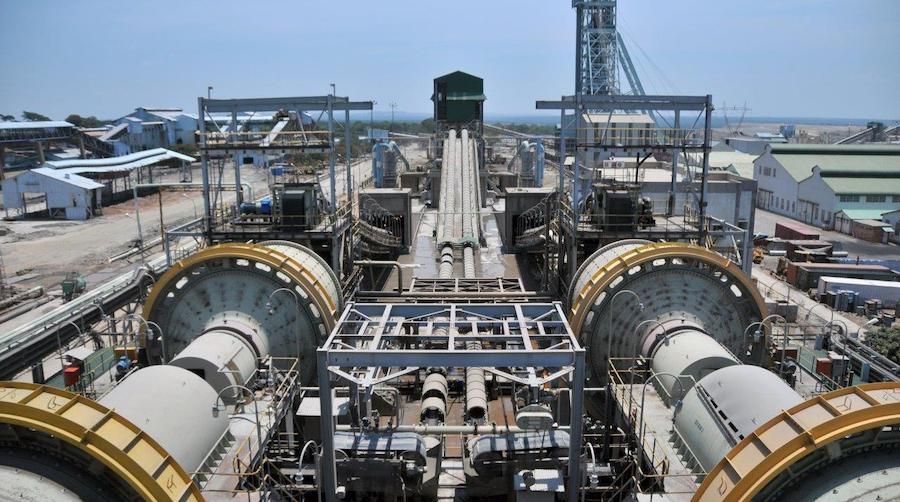
5. Impala
Location: South Africa
Impala Platinum Holdings operates several sites across North West Province, producing nickel as part of its PGM concentrate streams. In 2021, Impala’s nickel output reached about 3,945 tonnes. The mine remains one of South Africa’s most established PGM producers and a key employer in the Rustenburg mining region.
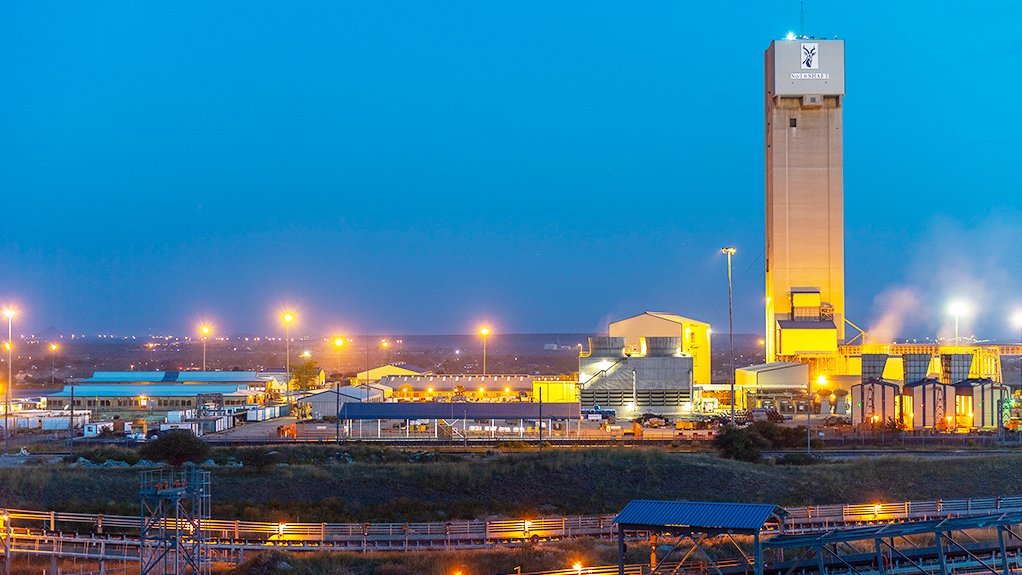
6. Rustenburg Complex – Sibanye Stillwater
Location: South Africa
Sibanye Stillwater’s Rustenburg operations yield nickel as a secondary output from extensive PGM mining. While the nickel volume is smaller compared to dedicated mines, its contribution is crucial to South Africa’s refining and integrated metals industry.
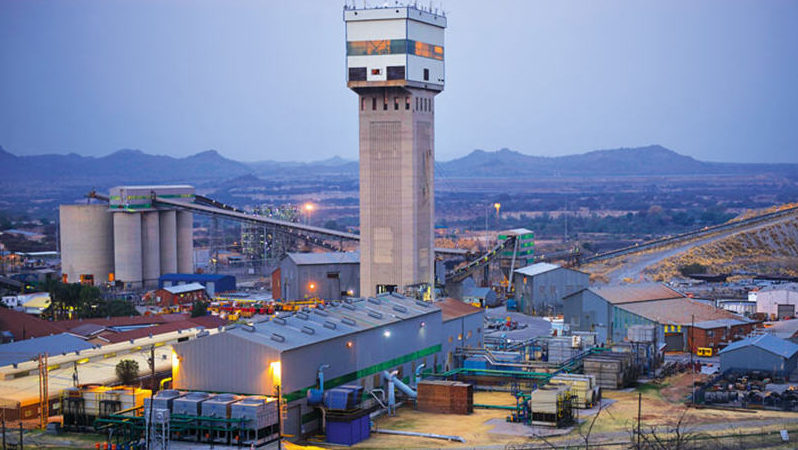
7. Two Rivers
Location: South Africa
Jointly owned by African Rainbow Minerals and Impala Platinum, the Two Rivers mine produces nickel as a co-product. Though modest in scale, it highlights how closely nickel production is intertwined with South Africa’s PGM landscape.
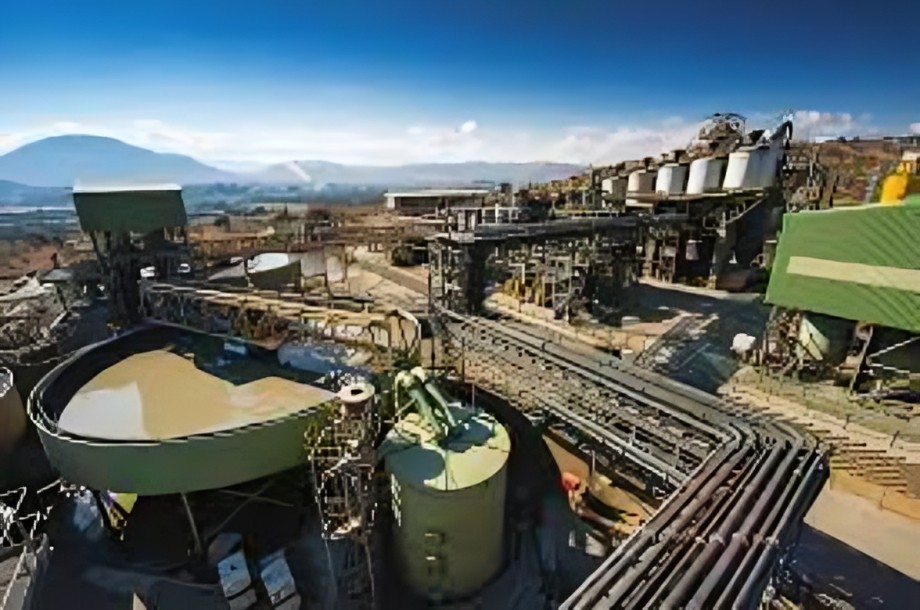
8. Nkomati
Location: South Africa
Located in Mpumalanga and operated by African Rainbow Minerals, Nkomati is one of the few South African sites focused primarily on nickel. The deposit holds an estimated 408 million tonnes of ore grading 0.33 percent nickel, equivalent to about 1.35 million tonnes of contained metal, making it one of the country’s largest known nickel resources.
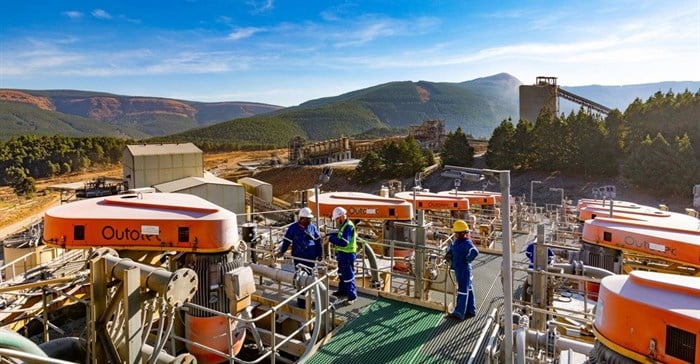
9. Other South African PGM Sites
Several other PGM operations, including Thembalani and Union mines, produce nickel as a by-product. In 2021, their combined output reached several thousand tonnes, reinforcing South Africa’s position as an integrated source of both PGMs and nickel.
10. Emerging Projects Across Africa
New nickel exploration is under way in Tanzania, Madagascar, and Guinea. Many of these early-stage ventures are still in feasibility studies, but they could soon add new supply streams as demand for battery-grade nickel rises.

